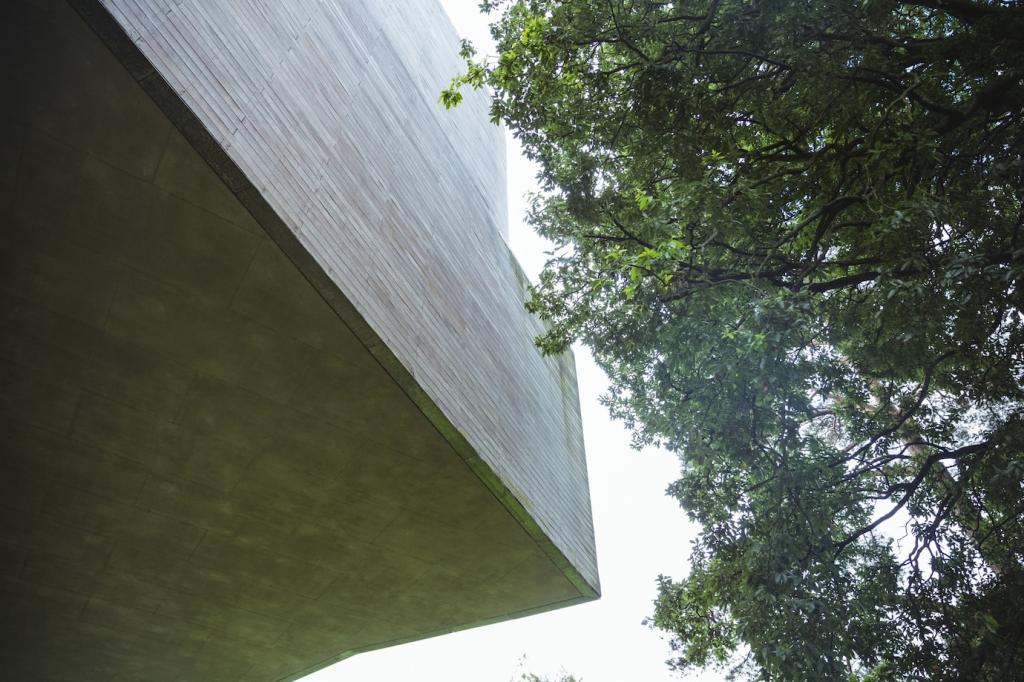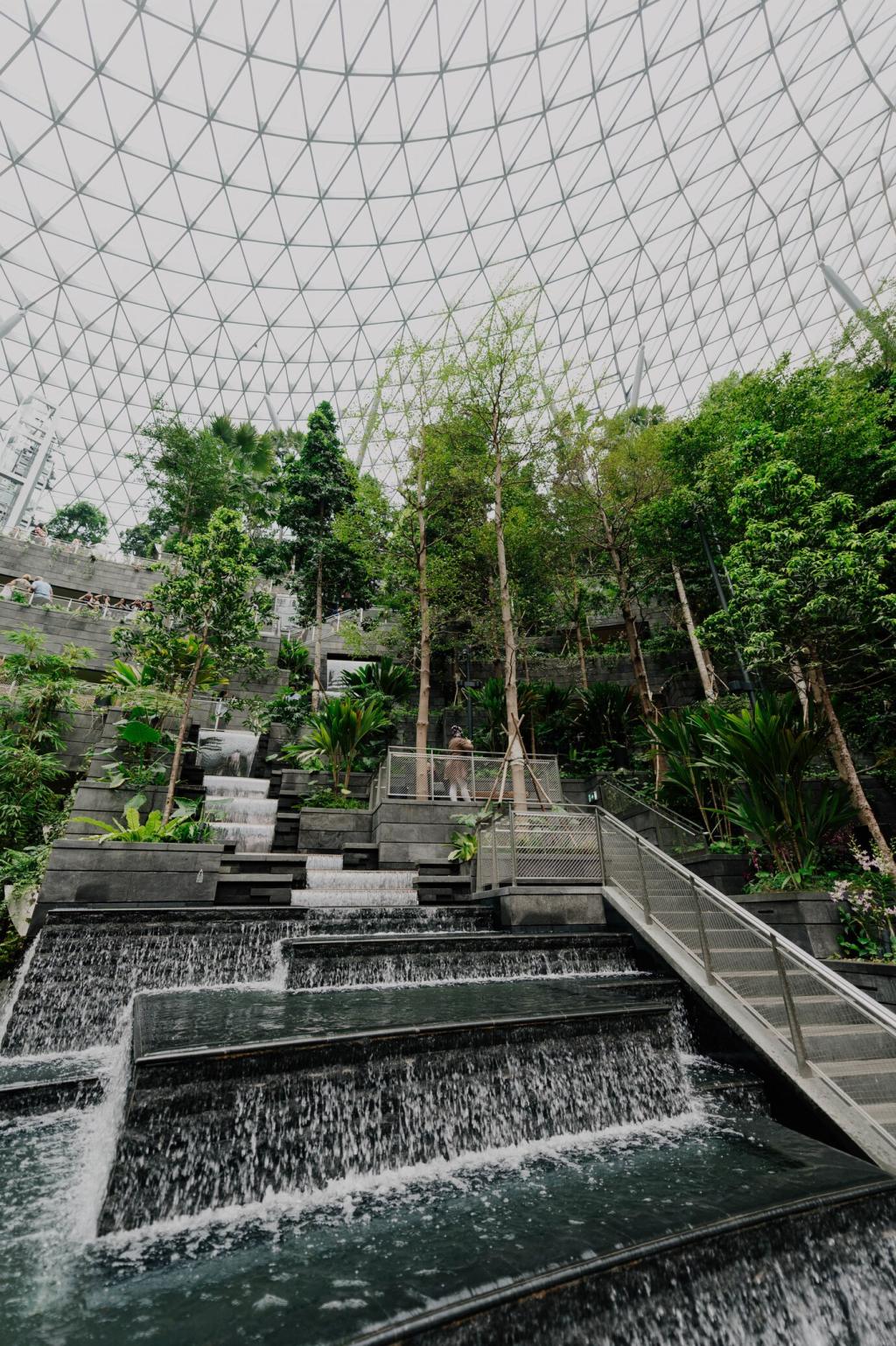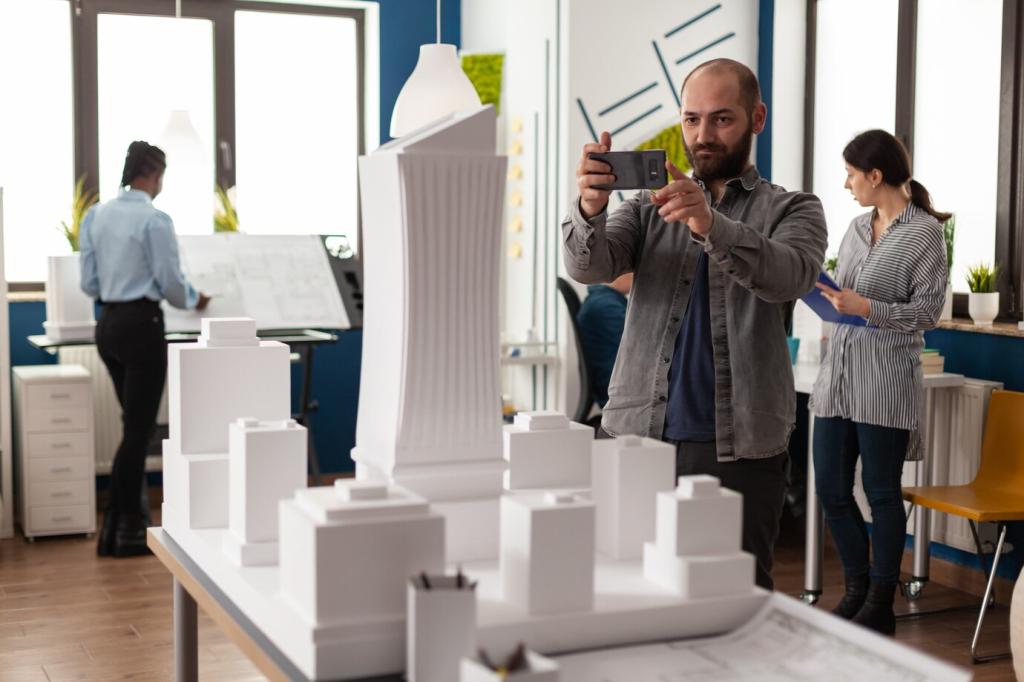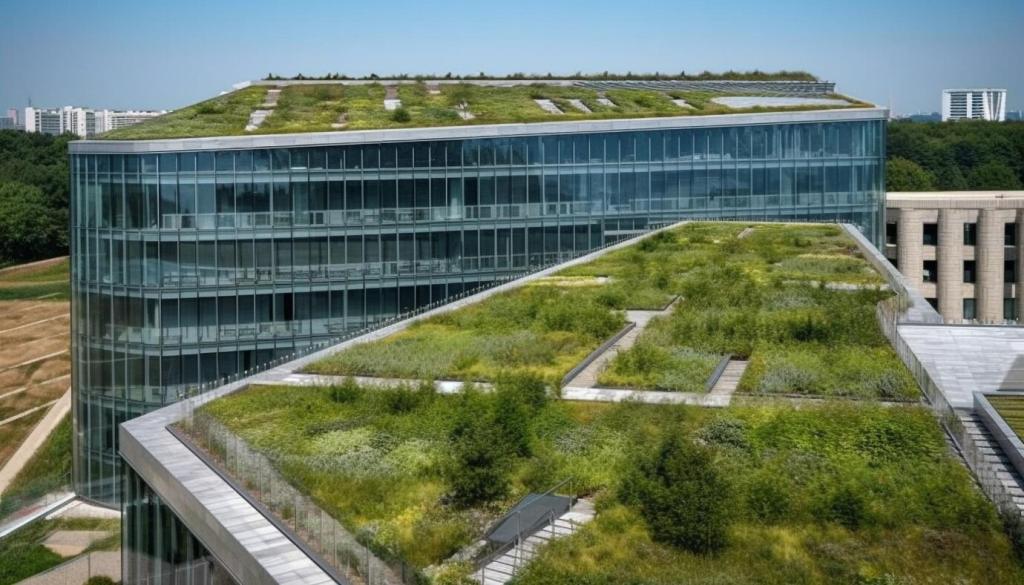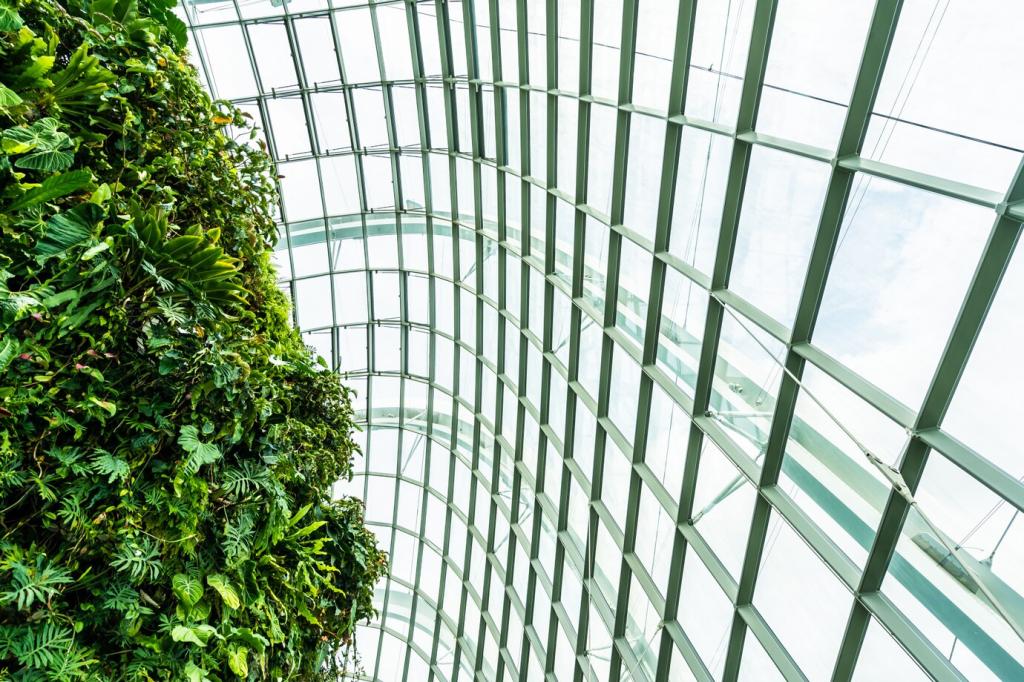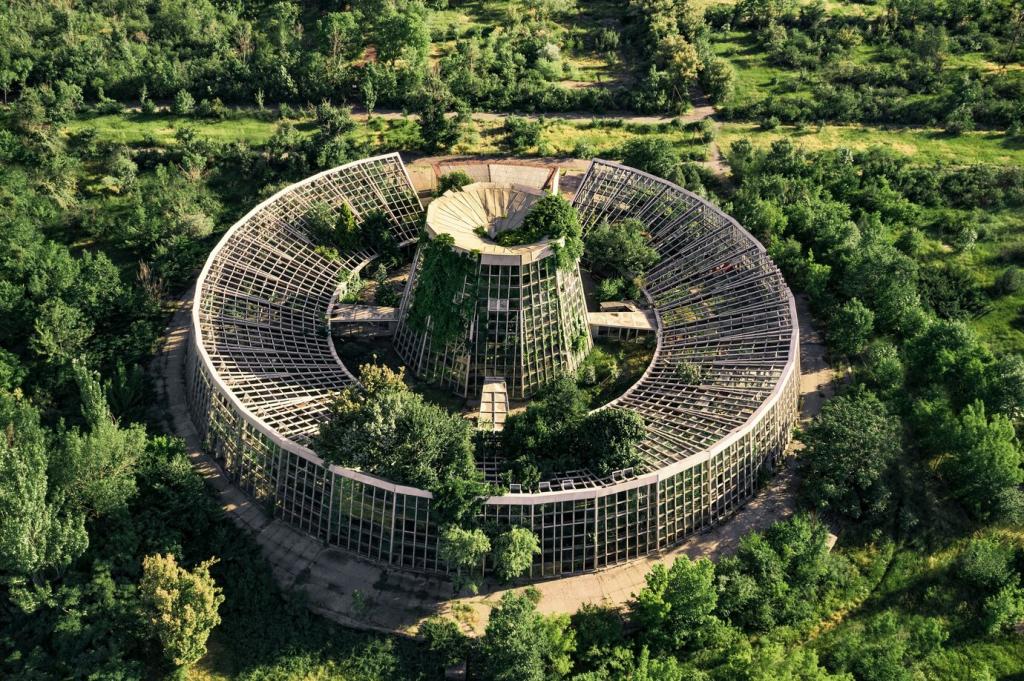
Innovative Materials Shaping Sustainable Urban Architecture
The evolution of urban architecture is closely linked to the advancement of materials that not only support structural integrity but also drive sustainability. As cities grow and environmental concerns mount, the construction industry is increasingly turning towards materials that lower environmental footprints while boosting performance. The fusion of innovation and sustainability is shaping skylines, neighborhoods, and urban experiences, offering smarter solutions to age-old architectural challenges. This page explores the groundbreaking materials redefining the essence of urban environments, revealing how technology and ecological awareness combine to create buildings that are not just functional, but regenerative and adaptive to future needs.
The Rise of Green Concrete
Recycled Aggregates and Industrial By-Products
Carbon Capture and Storage Technologies
Eco-Friendly Binders and Cement Alternatives
Smart Glass: Transparency Meets Efficiency
Dynamic Light Control Technologies
Integration with Building Management Systems
Enhanced Acoustic and Thermal Insulation
The Emergence of Biomaterials in Construction
Mycelium-Based Building Components
Engineered Timber and Laminated Wood
Algae-Based Facade Systems
Advanced Insulation Materials for Energy Savings
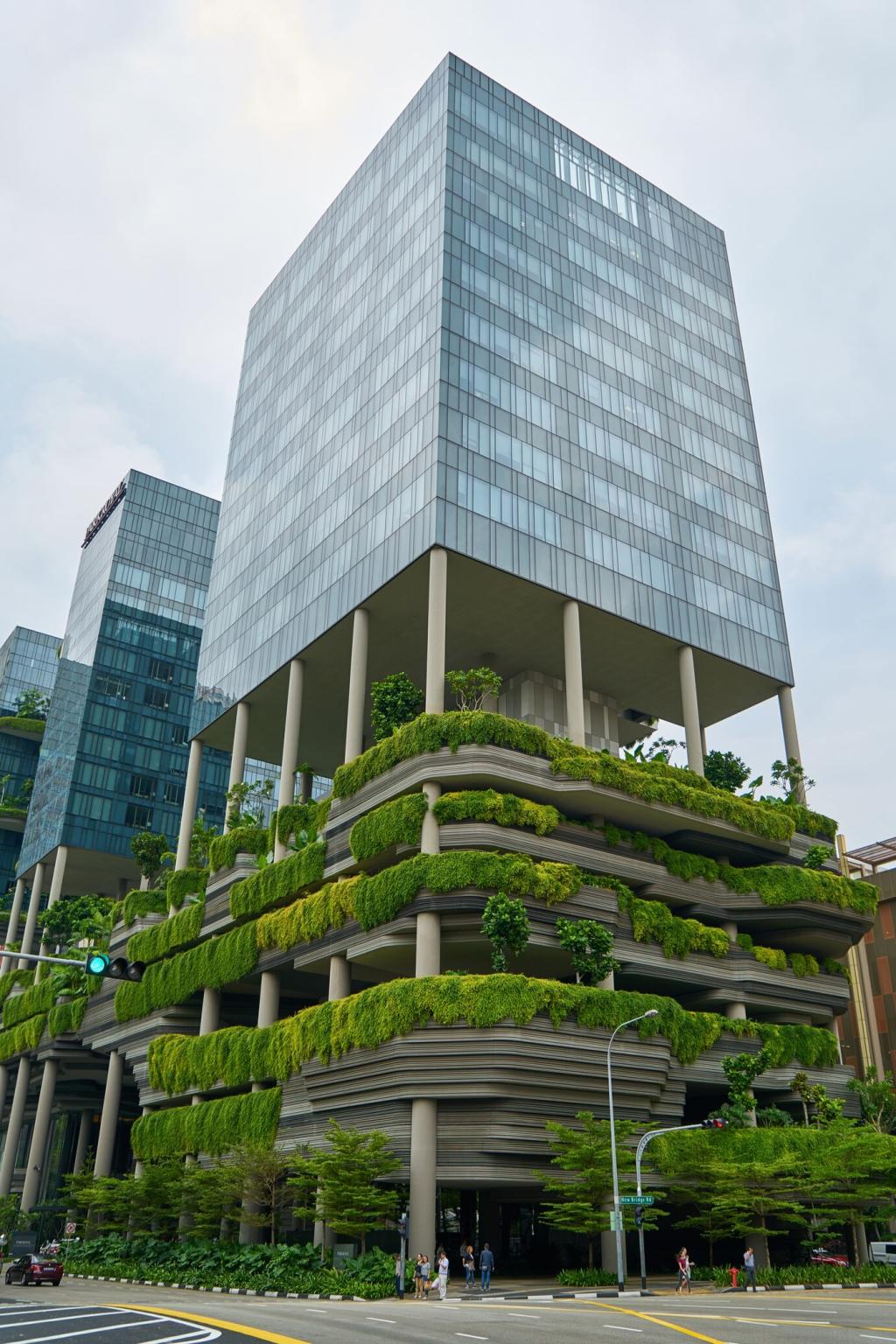
Photovoltaic Innovations Transforming Facades
